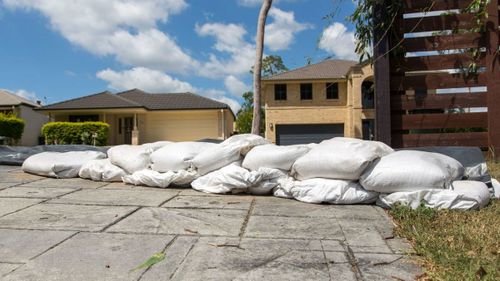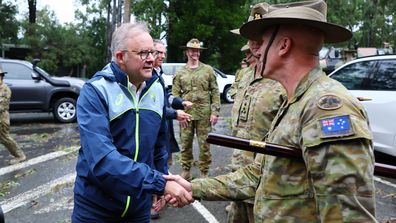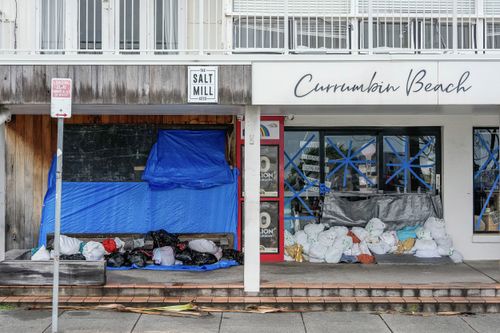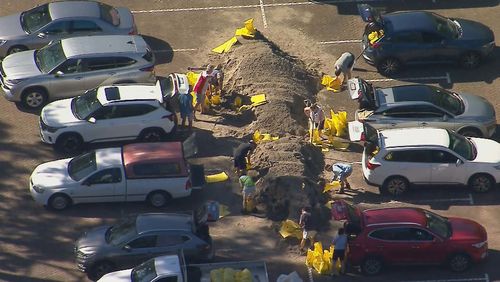
When is it safe to remove sandbags?
“People are advised to hold onto to their sandbags, if they are not damaged, for a couple more weeks in case there is another weather event, as the catchment is now very wet and the dunes are eroded,” said Byron Shire Council.
Over a million sandbags were distributed to southeast Queensland communities by Friday, March 8 in preparation for flooding by SES and police, combined with over 300,000 sandbags provided to Lismore and Northern Rivers areas.

Clean up begins as flooding continues after Cyclone Alfred

How do you safely dispose of sandbags?
Safely disposing of over a million sandbags poses a health and safety risk; cyclone or flood events can lead to sandbags being contaminated with sewage or chemicals toxic to humans, said state emergency services.
Contaminated sandbags can also adversely affect local wildlife if they’re incorrectly disposed of, according to Byron Shire Council’s Coastal and Biodiversity Coordinator Chloe Dowsett.
“We are getting a lot of enquiries from people asking whether they should put the sand on the beach given the erosion over the last week and the answer to that is no,” said Dowsett.

“Sand can be dirty and contaminated from flood or stormwater with weeds, pests and even chemicals posing an environmental risk for marine life and the birds and insects that live in the dunes and on our beaches.”
Residents of cyclone and flood-impacted areas are advised to check council guidelines for sandbag disposal and collection points, wear gloves and wash their hands when handling sandbags to protect themselves from potentially harmful contaminants, and seal sandbags in plastic before taking them to a designated waste facility.
If the sandbags stayed clean and dry, then they can be saved for future use.







